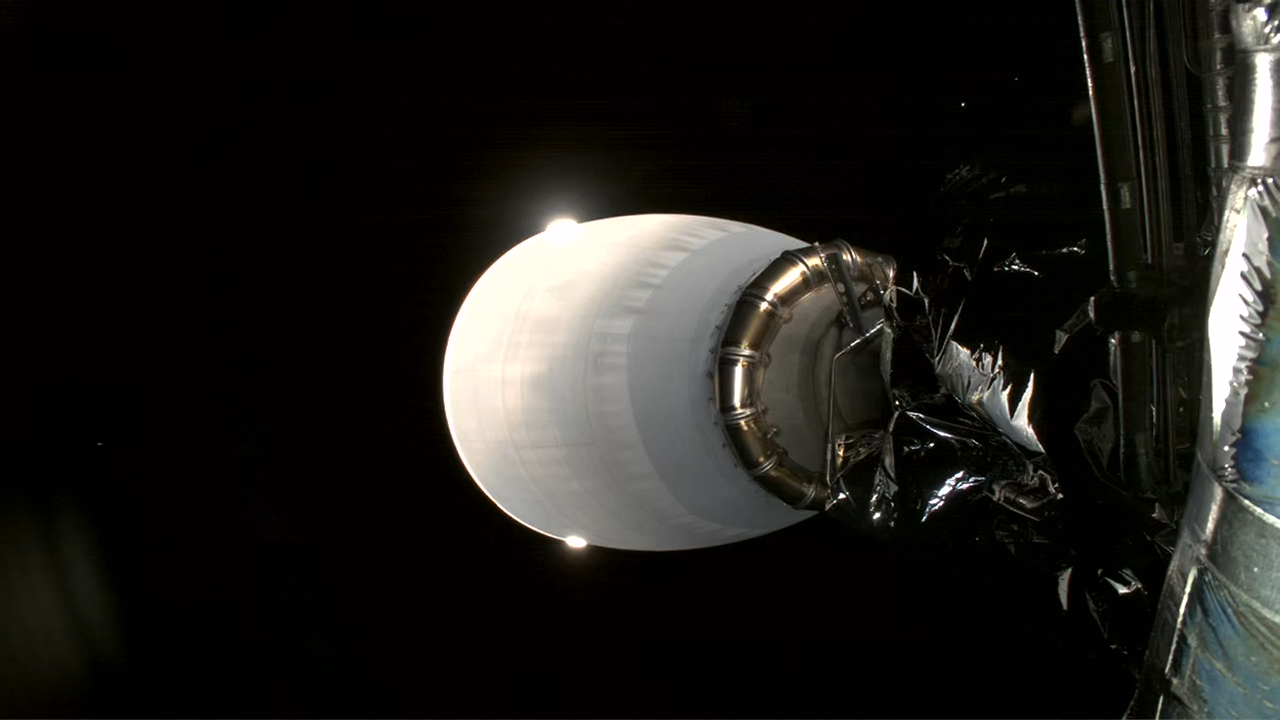NASA’s IMAP Flying On Its Own
NASA’s IMAP (Interstellar Mapping and Acceleration Probe) observatory is flying on its own after completing separation from the SpaceX Falcon 9 second stage.
IMAP will maintain a steady rotation — four spins per minute — as it begins its journey to Lagrange point 1 (L1), located approximately one million miles from Earth in the direction of the Sun. The spacecraft is equipped with advanced sensors, propulsion systems, and navigation tools that allow it to maneuver with precision as it travels to L1.
During launch, a lithium-ion battery supplied approximately 150 watts of power while the spacecraft was out of sunlight. Now in space, IMAP’s solar array, mounted at the top of the spacecraft, will generate plenty of power for the observatory, which as a system uses less power than five 100-watt incandescent light bulbs. Each panel consists of 16 strings of solar cells, with 36 cells per string. The solar array will convert sunlight into 500 watts of power. The IMAP’s spin axis, in the center of the solar array, will adjust daily toward the Sun to provide the spacecraft and instruments with constant power.
In about seven minutes, the National Oceanic and Atmospheric Administration (NOAA) Space Weather Follow-On Lagrange 1 (SWFO-L1) spacecraft will separate from the rocket.



























